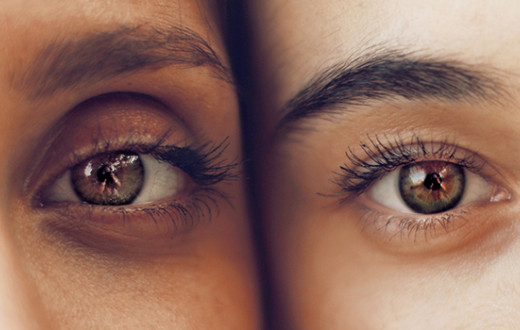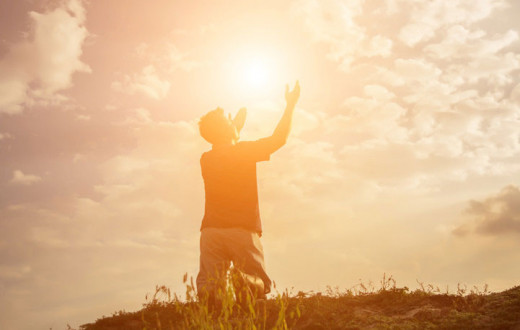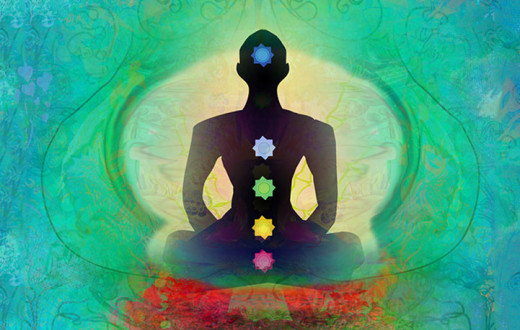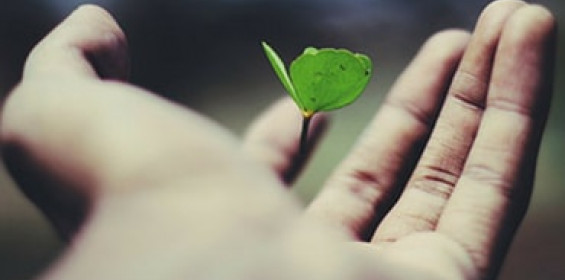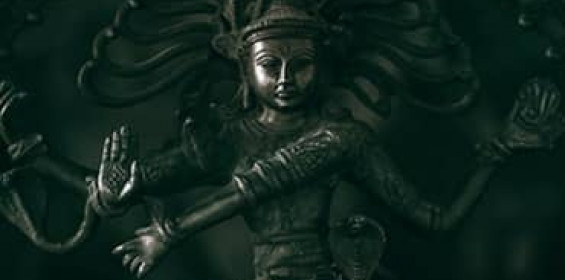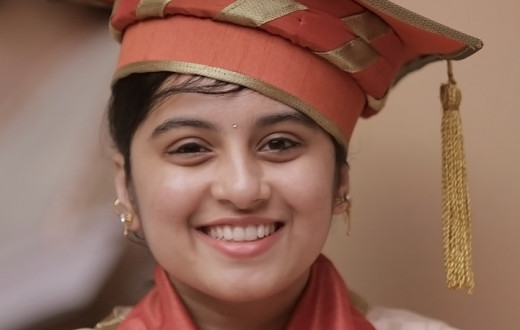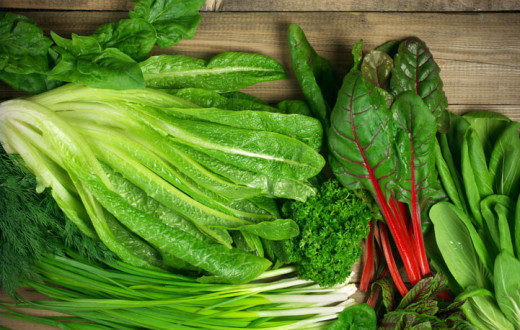The stotram “ya Devi Sarva bhutessu” indicates our reverence for Devi, the primordial energy. Navratri is an occasion to invoke that supreme power to nourish our lives with peace and prosperity. These nine days see different ways of honouring Devi Durga who defeated Mahishasura. The demon is shaken out of his belief that he was invincible.
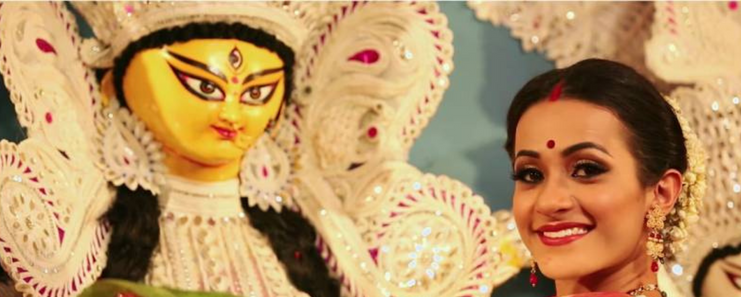
The Mother Divine has been a symbol of women empowerment and reveals what an empowered woman can do when awakened. According to the legend, Devi Durga was empowered by the gods with different weapons. We also need to similarly empower our women community. In this article, we will connect the dots between Navratri and women empowerment, showing the true potential of Nari Shakti.
Tradition and Significance
Kanya Pujan
An important custom in North India during the eighth and ninth day of Navratri (Ashtami and Navami) is Kanya Pujan. Young girls (aged 4-12 years) are welcomed into the house, worshipped, fed, and sent home loaded with gifts. In many parts of India, female infanticide is still prevalent, especially in parts of Rajasthan, Haryana, and Maharashtra. Kanya Pujan teaches society to refrain from troubling women, the force that runs the world in different forms of a mother, daughter, and wife. It’s believed that young girls represent Devi’s aspects of purity, serenity, peace, and innocence. A girl child should be cared for and supported to become a strong, independent, empowered woman.

Bommai Golu
Navratri Bommai Golu is celebrated in South India as a part of Navratri. Dolls of various gods and goddesses, poets, saints, freedom fighters, etc. are lined up in odd numbers on stairs and worshipped throughout Navratri. This arrangement of different dolls shows that all are forms of the Divine Mother, the creative feminine energy. Women represent this energy and need to be loved, revered and allowed to manifest their true potential so that they can reveal their creativity in multiple ways, as represented by the many dolls.
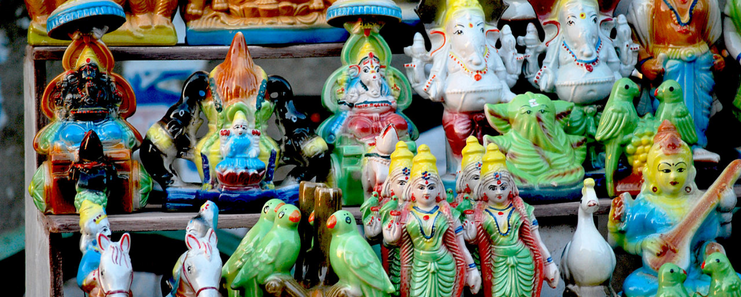
Dussehra
Dussehra falls on the 10th day of Navratri festival, which culminates in the slaying of Ravana by Lord Shri Rama. As per some Puranas, Rama had to seek the blessings of Devi Durga to defeat this multi-headed demon king (who was also a great scholar). The message here is that women are a source of strength during difficult times when the situation becomes challenging. Her support is vital for success in any endeavour. When we empower the women community, it will only strengthen our support base.

Durga, Lakshmi, Sarasvati
During Navratri, Goddess Trinity of Durga, Lakshmi and Sarasvati are worshipped. Durga represents vitality and strength, while Lakshmi represents wealth, and Sarasvati represents wisdom. All these three are vital for human sustenance. It is significant to note that our ancients symbolized wealth, wisdom and vitality as forms of goddesses rather than gods. It shows the great reverence and importance that was given to women in ancient times.

Garba/Dandiya
Garba/Dandiya is a major dance festival held during Navratri in Gujarat and other parts of northwest India. While Garba is symbolic of garbha(the womb) and celebrates life, the circle of dance represents the cycle of life. The flame of the garbha represents the divine energy that resides in all of us. Dandiya, the stick dance also referred to as the sword dance, resonates with the sound of swords in a battle. As is customary, the dance is done barefoot to respect Mother Earth and the energy flow from the Earth to the human foot. For 9 days a grass species is grown called jawera and put in a locker called tijori after the 9th day. The positivity from the whole ritual ensures wealth and the flow of happiness within the house. Women are the very source of life and creativity and their creativity should be allowed to flow freely.

Sandhi Puja
Sandhi Puja holds immense significance in Bengal and East India. It is said that the puja starts about 24 minutes before Navami and goes on for 24 minutes after Navami(the ninth day). Prayers are held for Maa Chamunda (a form of Durga) to appear and fight the evil Chanda and Munda(the servitors of demons of Shumbha and Nishumbha) with all her powers and valor. While the worship is grandly done with 108 lamps, the call to the Devi to end evil is highly significant. Sumbha and Nishumbha depict ego and attachment, respectively, and the Devi is known to slay them. It also shows how divine energy annihilates the human ego and attachment, leading us on the path of spirituality.

Assessing the Message
People may view Navratri as purely mythological but the depiction of rituals and their grandeur suggest a profound message. A study about ancient India denotes that women were highly respected and were given equal and complementary status, but patriarchy tried to kill their self-esteem and confined them to homes and chores.
Today as we are creating a better future for women, it is time to reflect on these lessons and celebrate women for their individuality. Women who feel powerless must prepare themselves with knowledge and strength and reflect on their rights(weapons) to stand up for themselves.
Since power can be effective and equally dangerous (as we see today where some women misuse their rights), there is a need for balance. While patriarchy is wrong, matriarchy also has its cons. What we need in this world is a balance of male and female energy so that we can evolve together. This is how I interpret Navratri to celebrate women in the current times through women empowerment. What’s your interpretation?
Based on inputs by Sareen Ma, Faculty, The Art Of Living
Written by: Supriti Tripathy
FAQ on Navratri
Girls are believed to be in a higher state of energy before they hit puberty. Once they attain puberty, their energy levels get channelized which gives them the power to reproduce. Every stage of a woman is a form of Durga and holds imperial significance.
Every woman must have faith in her abilities and strength. She can only be invincible with life’s challenges and win over any injustice only when she believes in herself. No one can save someone who cannot fight for herself.
A woman can be loving, compassionate, nurturing, and patient and can also fight all the evils of life simultaneously.
* The unknown realms of possibilities - Being in knowledge and having faith in the divine can make things possible in our life much beyond our capability and imagination.
* Magnanimity and diversity - When we have a big vision for life and take everyone along with respect, our problems become small and very easy to overcome.
* Our ability to include others in our joy can expand our own life and its grandeur.
* Hard work, mindfulness, focus, enthusiasm, kindness, righteousness, valor and courage are some of the qualities we can learn from the Devis we pray to during Navratri.
* "The word ‘Ratri’ means to rest or relief from three ‘tapas’, three types of fire or botherations - the physical, the subtle and the conscious. A deep rest can relieve you from all these three botherations. It’s a time of prayer and rejuvenation. A child is born in nine months. These nine days are like coming out of a mother’s womb once again and having a new birth.” - Gurudev Sri Sri Ravi Shankar
* The first three days are dedicated to Durga Devi, the next three days to Lakshmi Devi and the last three days to Saraswati Devi.







